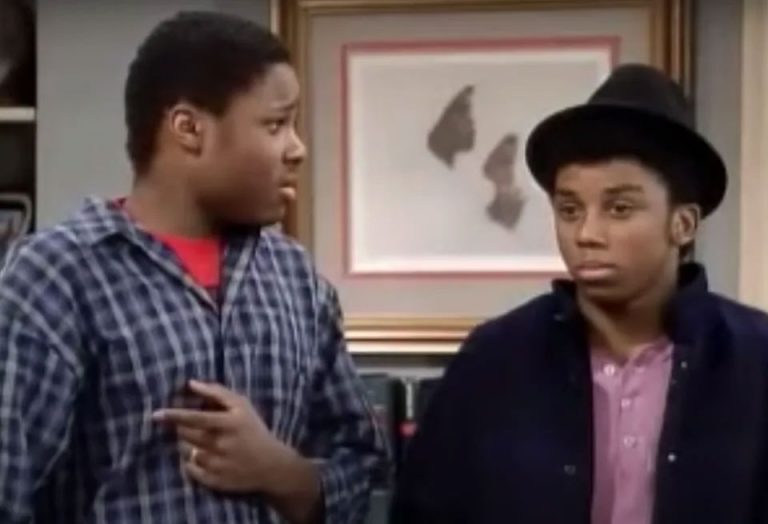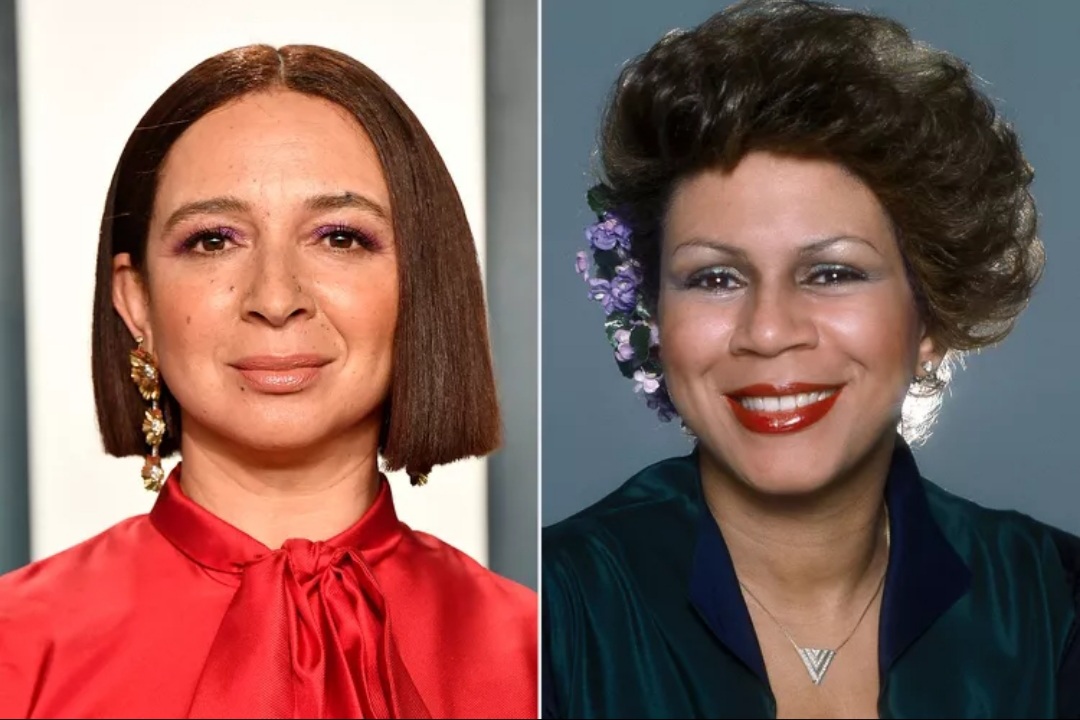
Remembering Tina Turner
“She was taking soul, black, the church into the rock arena. So I used her as inspiration when I was cutting Aretha’s vocals.” – music producer Narada Michael Walden
The world lost a rock icon just over a week ago with the passing of Tina Turner.
While it’s not necessarily shocking to lose an 83 year old performer who had managed her share of heartache and health problems during her life, it was a blow unlike any I’d dealt with since Michael Jackson left the planet almost 14 years ago.
If I’m being completely honest, I’m still dealing with it. As I write this, I’m listening to Turner’s music, as I’ve been doing almost constantly for the last 10 days.
I’d planned to post this a week ago, just after Turner’s death. If I’d done so, that column would have informed you that I’d not had a deep knowledge of her recorded catalog. I barely knew any of her work with Ike Turner, for example, and had primarily known her ground-breaking, career-reviving singles of the 1980s, beginning with the only Billboard #1 single of her career, “What’s Love Got To Do With It.” Over the course of Turner’s career, I’d purchased just two of her albums: that “comeback” album, Private Dancer, and a compilation that was released in conjunction with the release of her 1993 biopic.

I’d have told you that my primary connection to Turner, ironically, hadn’t been her music: it had been her New York Times-bestselling memoir of 1985, I, Tina, in which she expounded on stories she’d told People Magazine a handful of years earlier about the abuse she said she’d suffered at Ike’s hands — well, it was at his hands on a good day. The parallels between the early years of Anna Mae Bullock’s life with Ike and those of Ann Marie Burns, my mother, were irrefutable. As a teenager, I admired Turner’s grit and determination in leaving Ike.
I’d have mentioned Turner’s face at 45 years old, having become a fixture on the burgeoning MTV of the early to mid-1980s, back when “MTV” really was “Music Television” and very few women or black people were featured on the channel. I can’t tell you how many times I or one of my friends asked “How old is she, again?,” as we salivated over her videos.
I’d have mentioned the legs, because how could I not?
And I’d have mentioned Turner’s wigs, the sky-high ones that gave Diana Ross’ a run for their money.

I’d have mentioned all of those things. But as I’ve spent the better part of my leisure time over the last 10 days exploring Turner’s incendiary recorded output, music videos, live performances, and televised interviews, that tribute would have sold Turner woefully short. Having immersed myself in her art, let me give a tribute to Turner another go:
Tina Turner was a force of nature, and one of the most electrifying live performers to grace a stage.
It’s hard to identify a single example of that, but you could try her Live Aid romp with Rolling Stones frontman Mick Jagger. In just a couple of minutes, Turner got Jagger so hot and bothered that he ripped his shirt off mid-performance, before Justin Timberlake-ing her, to Turner’s apparent delight, before the performance’s end.
Turner’s sexiness was almost without peer or bounds. She deftly combined an eclectic look, a jaunty, albeit contrived, accent and, yes, the hottest set of legs I’ve ever seen into a milieu that may never be duplicated. Wearing stilettos as if she’d be born in a pair, she strutted onto MTV and used the network as an avenue to the world’s stage, selling out stadiums across the globe for over two decades before retiring after the century’s turn.
Then, there were the songs. “Private Dancer,” which proclaimed “I’m a dancer for money / I”ll do what you want me to do / And any old music will do.” Haven’t we all been private dancers, at least once in our lives?
There was “Better Be Good To Me,” featuring the lyric “‘Cause I don’t have no time for your overloaded lies / And I don’t have no use for what you loosely call the truth.” Preach, Tina.
There was “Typical Male,” during which Turner warned us that she was just using her “female attraction.” That had to be the understatement of the century.
There was “What You Get Is What You See,” with the lyric “If you wanna love a woman like me / It takes a man to do it.” In my late teenage dreams, I was up for the challenge.
There was her duet with Canadian rocker Bryan Adams, “It’s Only Love.” I’m still jealous of Adams every time I hear it.
There was her duet with Elton John on his own “The Bitch Is Back.” Tina out-bitched Elton.
And there was my fave, “I Don’t Wanna Fight,” featuring an intro that caught my ear one late evening:
There’s a pale moon in the sky / The kind you make your wishes on
Like the light in your eyes / The one I built my dreams upon
It’s not there any longer / Something happened somewhere and we both know why
Me, I’m getting stronger / We must stop pretending / I can’t live this life
and stayed there until a handful of years later, when I decided to divorce my first wife because:
I don’t care who’s wrong or right
I don’t really want to fight no more (too much talking, babe)
Let’s sleep on it tonight / I don’t really want to fight no more
This is time for letting go
It’s impossible to talk about Turner’s songs and not mention her uncanny, rarely mentioned ability to transform another artist’s tunes into personal anthems, which she did countless times. Her versions of “What’s Love Got To Do With It, “Let’s Stay Together,” and “Simply The Best” are all covers of songs that lesser artists couldn’t conquer.
She improved upon those songs, as well as “Disco Inferno,” “Come Together,” and most surprisingly, “Proud Mary.” Yes, that Turner signature song, the one that everyone needed to experience live, was a cover, too. With Tina at the mic on it, Creedence Clearwater Revival didn’t stand a chance. Perhaps only Luther Vandross was more successful in refashioning other artists’ recordings — and he had the benefit of also being a songwriter and arranger. Turner relied only on her voice to get her message across.
Even The Queen Of Soul herself, Aretha Franklin, spent some time chasing Turner. According to producer Narada Michael Walden, Franklin’s 1986 hit “Another Night” was inspired by the Queen of Rock & Roll.
“Clive [Davis] found the song, and I was left to figure out how to make it a hit on Aretha,” Walden told me during a 2015 interview. “I was inspired by Tina Turner. She was taking soul, black, the church into the rock arena. So I used her as inspiration when I was cutting Aretha’s vocals.”
Walden was far from the only one who’d been moved by Turner’s vocals. You knew the moment you heard Tina’s voice that it was hers and hers alone. It was a raspy, lived-in, deceptively strong instrument, with a range that I’d not heard nor given her credit for during her heyday. Thanks to satellite radio, I got to hear Tina Turner out sing Sam Cooke last week, on his signature song, “A Change Is Gonna Come,” no less.
Turner defied exceptions on that track, as she did throughout her life. She touched me, repeatedly, and I’ll never forget her.
If I’d posted this story a week ago, I’d have probably repurposed the same song title that most print and broadcast tributes employed:
Tina Turner was simply the best.

She was undoubtedly that, but after 10 days of listening to almost nothing but Turner, I realize that that one’s low hanging fruit. I prefer this one:
We don’t need another hero, ‘cause we’ve had Tina Turner.
RIP, Anna Mae. I can’t say you’ll be missed, ‘cause it’s not time for letting go quite yet.
Burn baby, burn!!!!
Michael P Coleman is a Sacramento-based freelance writer, audio / visual producer and host, and live event host.




